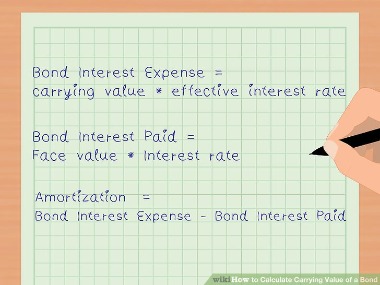
Also called the Keynesian consumption function, it tracks the proportion of income used to purchase goods and services. Put simply, it can be used to estimate and predict spending in the future. The income effect involves a change in purchasing power and a change in demand or consumption. A consumer whose income has decreased may purchase less clothing, a direct income effect. The income effect is indirect when a consumer is forced to rearrange their basket of goods when factors are unrelated to their income.
Economists and decision-makers can use it (and the formula) to make investment decisions and shape monetary and fiscal policy to direct the economy. More sophisticated functions may even substitute disposable income, which takes into account taxes, transfers, and other sources of income. Still, most empirical tests fail to match up with the consumption function’s predictions. Statistics show frequent and sometimes dramatic adjustments in the consumption function. The consumption function uses gross national income as a component, which is the total amount of income earned by all participants in a nation’s economy. As noted above, the consumption function is an economic formula introduced by John Maynard Keynes, who tracked the connection between income and spending.
Procedia Economics and Finance
For example, if consumers spent 80 cents for every $1 increase in income, the MPC would be .80 (.80/$1) or 80%. Although it seems obvious that consumption should be related to disposable personal income, it is not so obvious that consumers base their consumption in any one period on the income they receive during that period. Parents who purchase a college education for their children might base their decision on their own expected lifetime income. At a disposable personal income of $2,000 billion, for example, consumption is $1,900 billion (point E).
When the price of a product rises relative to alternative products in the same market, consumers will substitute one of the lower-priced alternatives for the now higher-priced product. The consumption function is a valuable tool for understanding the economic cycle and guiding economists and policymakers as they make key decisions about investments, as well as monetary and fiscal policy. Amanda Bellucco-Chatham is an editor, writer, and fact-checker with years of experience researching personal finance topics. Specialties include general financial planning, career development, lending, retirement, tax preparation, and credit. Consumption can also be measured in a variety of different ways such as energy in energy economics metrics.
Consumption and household production
It seems reasonable to expect that consumption spending by households will be closely related to their disposable what are payroll expenses personal income, which equals the income households receive less the taxes they pay. GDP is a measure of total income; disposable personal income is the income households have available to spend during a specified period. The study of consumption behaviour plays a central role in both macroeconomics and microeconomics.
- An increase in the level of consumption at each level of disposable personal income shifts the consumption function upward in Panel (a).
- Workers have a fraction of their paychecks withheld for taxes each pay period; Mr. Bush directed that this fraction be reduced in 1992.
- Keynesian economics was developed during the 1930s in an attempt to understand the Great Depression.
- The ratio of the change in personal saving (ΔS) to the change in disposable personal income (ΔYd) is the marginal propensity to save (MPS).
In part, such efforts deducting startup and expansion costs are an attempt to increase economic activity by boosting consumption. At points along the 45-degree line, the values on the two axes are equal; we can measure personal saving as the distance between the 45-degree line and consumption. The saving function relates personal saving in any period to disposable personal income in that period. Personal saving is not the only form of saving—firms and government agencies may save as well.

Principles of Economics
An increase in stock and bond prices, for example, would make holders of these assets wealthier, and they would be likely to increase their consumption. An increase in real wealth shifts the consumption function upward, as illustrated in Panel (a) of Figure 28.4 “Shifts in the Consumption Function”. Plots of consumption and disposable personal income over time suggest that consumption increases as disposable personal income increases. The MPC is also vital to the study of Keynesian economics, which is the result of economist John Maynard Keynes. Keynesian economics was developed during the 1930s in an attempt to understand the Great Depression. Keynes advocated for increased government expenditures and lower taxes to stimulate demand and pull the global economy out of the depression.
Module 10: The Income-Expenditure Model
The MPS reflects the savings amount or leakage of income from the economy. Leakage is the portion of income that’s not put back into the economy through purchases of goods and services. The higher the income for an individual, the higher collateral the MPS as the ability to satisfy needs increases with income. In other words, each additional dollar is less likely to be spent as an individual becomes wealthier.
Much of the Keynesian doctrine centers around the frequency with which a given population spends or saves new income. The multiplier, the consumption function, and the marginal propensity to consume are each crucial to Keynes’ focus on spending and aggregate demand. Based in part on Keynes’ psychological law of consumption theory, the stability of the consumption function is a cornerstone of Keynesian macroeconomic theory.
Examples of changes that could shift the consumption function are changes in real wealth and changes in expectations. Figure 28.4 “Shifts in the Consumption Function” illustrates how these changes can cause shifts in the curve. In Table 1, for each increase in income of $1000, consumption increases by $800.
